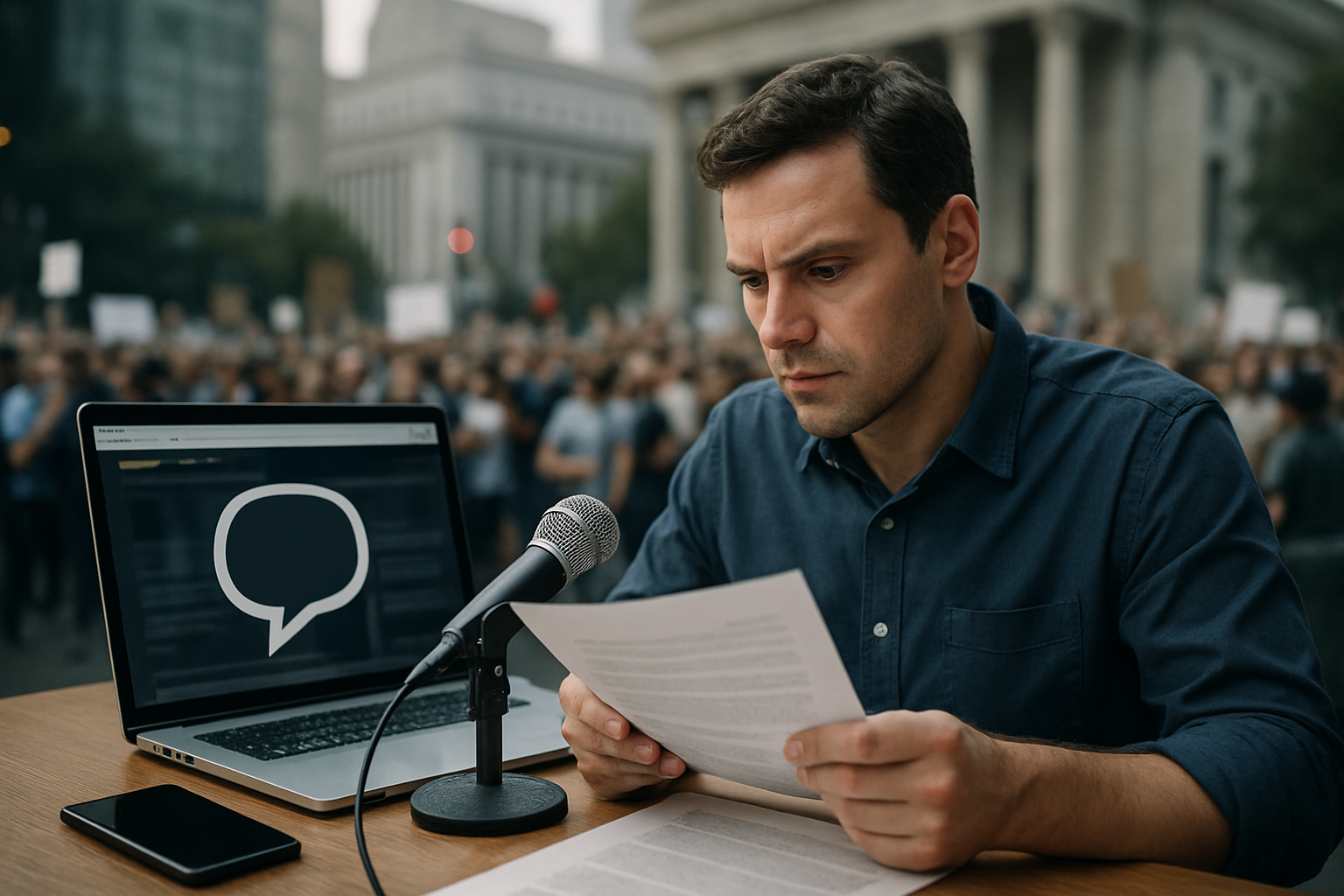Non-surgical rhinoplasty options in United States for people seeking to improve their appearance
Residents of United States can consider non-surgical rhinoplasty as a method to smooth, lift, and reshape the nose effectively. This procedure is designed to enhance natural beauty in a safe manner, allowing individuals to achieve their desired look in a matter of minutes without the need for invasive surgery.

Non-surgical rhinoplasty offers a way to refine the nose’s appearance without incisions or general anesthesia. In the United States, licensed clinicians use minimally invasive methods to camouflage small bumps, lift a drooping tip, or balance asymmetry. These approaches are suited to people seeking subtle improvements rather than dramatic size reduction or functional correction, and they generally involve less downtime than traditional surgery.
This article is for informational purposes only and should not be considered medical advice. Please consult a qualified healthcare professional for personalized guidance and treatment.
What is rhinoplasty and what are its benefits?
Rhinoplasty refers to reshaping the nose to improve facial harmony. Surgical rhinoplasty can change structure and function, but non-surgical techniques focus on optical balance using volume, support, and precise muscle relaxation. Understanding rhinoplasty and its benefits starts with realistic goals: non-surgical methods can soften a dorsal hump, refine the radix, create a straighter profile line, and provide subtle tip elevation. Many people value the immediacy of results and the opportunity to preview changes before considering surgery. However, these methods cannot reduce nose size, correct a markedly deviated septum, or replace breathing-related procedures.
Non-surgical approaches emphasize proportion. Small volumetric adjustments can make the bridge appear straighter and the tip more defined, improving overall facial symmetry. Because these changes are typically temporary, they also allow for incremental refinements over time under professional supervision.
Non-surgical nose reshaping options in the US
The most common technique is liquid rhinoplasty with hyaluronic acid fillers. Using a fine needle or cannula, a clinician places small amounts of filler to even out irregularities, raise a low radix, or add support to the tip. Results are visible immediately, and many FDA-approved fillers used for the face can be employed off-label in the nose by trained professionals. Longevity typically ranges from several months to over a year, varying by product, placement, and individual metabolism. A practical benefit is reversibility: if necessary, hyaluronidase can dissolve hyaluronic acid filler.
Micro-doses of botulinum toxin can complement filler in select cases. Relaxing specific muscles, such as the depressor septi nasi that can pull the tip downward, may provide a modest tip lift or reduce nostril flare. Effects appear within days and generally last around three months. While this does not reshape bone or cartilage, it can refine expression-related movement for a more balanced appearance.
Thread techniques are used less commonly in the United States for the nose but may be considered by experienced clinicians. Resorbable sutures made of materials such as PDO or PLLA can provide limited tip support or definition along the bridge. Threads carry distinct considerations, including potential migration or visibility, and are best discussed in detail with a provider who has specific experience with nasal thread placement.
Makeup artistry and contouring offer a completely non-invasive option for those who want cosmetic changes limited to photographs or events. Strategic highlighting and shading can visually slim or straighten the nose but wash off at day’s end. For many, these cosmetic techniques are a helpful complement to in-office procedures.
Safe, subtle techniques to enhance natural beauty
Enhancing natural beauty through safe and subtle techniques depends on careful planning, conservative dosing, and anatomical expertise. Suitable candidates typically present with mild contour irregularities, good skin quality, and realistic expectations. Those seeking a smaller nose, major structural changes, or breathing improvement will likely need surgical consultation instead.
Safety is paramount. Even small filler injections in the nose require caution because the area has delicate blood supply. Possible side effects include swelling, bruising, and tenderness. More serious but rare complications include vascular occlusion, skin injury, and vision-related events. Risk-reduction strategies may include using a blunt cannula in appropriate planes, slow injections with small volumes, knowledge of vascular anatomy, and immediate access to hyaluronidase when hyaluronic acid products are used. A clinic should have a clear emergency plan and informed consent process.
Results and maintenance vary. Hyaluronic acid formulations may last 6 to 18 months, though individual experiences differ. A follow-up visit allows fine-tuning once initial swelling settles. People who prefer flexibility appreciate that fillers can be adjusted or dissolved, while those seeking permanence may eventually evaluate surgical options. Botulinum toxin touch-ups are typically needed every few months, and thread effects, when used, are temporary as the material resorbs.
Practical aftercare includes avoiding pressure from heavy eyeglass frames on the bridge early on if filler was placed there, minimizing strenuous exercise for the first day or two, and sleeping with the head elevated the first night. Mild swelling or bruising usually resolves within days. If any unusual pain, blanching, or visual changes occur, immediate contact with the treating clinic is essential.
Choosing a qualified practitioner in your area supports both safety and outcomes. In the United States, consider licensed clinicians with relevant board certification (for example, dermatology, plastic surgery, or facial plastic surgery), consistent experience in nasal injections, and a portfolio of unedited, standardized before-and-after images. Reputable clinics offering local services should discuss product choices, off-label use when applicable, complication protocols, and realistic timelines for results.
Conclusion Non-surgical rhinoplasty in the United States can offer precise, reversible adjustments that enhance facial balance for the right candidate. By focusing on conservative techniques, informed expectations, and practitioner expertise, many people achieve subtle improvements without surgery. Understanding the scope and limits of these methods helps align aesthetic goals with safe, evidence-informed care.




